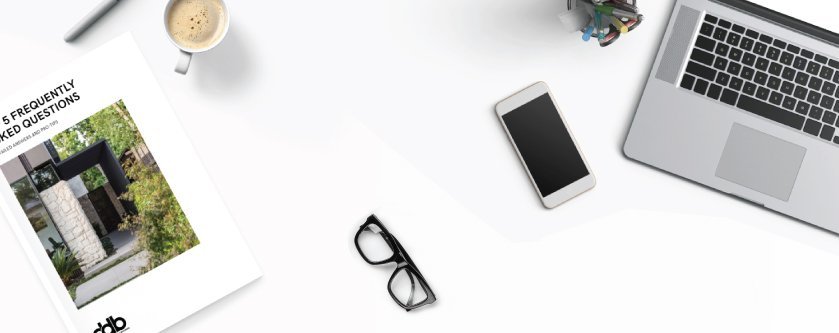
EMAIL #202 -8TH JANURAY 2023 -"BUILDABILITY"
Buildability.
My favourite word in building vocabulary.
A big part of my job role is providing building consultancy to clients throughout the design and documentation process for building their new home. The most important advice I bring to the table is always around the “buildability” of their project.
Architects are creative by nature, and they are very good at coming up with innovative designs. Similarly, structural engineers are great at mapping out the anatomy of the building. However, I find that neither are good at thinking through the practicality and buildability of a proposed design.
The definition of buildability that I choose to adopt is “the extent to which decisions made during the design process influence the ease of construction and the quality and affordability of the finished product.” For DDB’s clients, buildability is a filter we use to help facilitate the best possible project outcome.
“The aim of any building project should be to maximise the buildability within the constraints of time, cost and quality.”
The NSW Royal Commission into Productivity in the Building Industry 2001.
Buildability is all about teamwork and having the architect, builder, engineer, and the client all working together and pulling in the same direction. Numerous DDB projects have demonstrated that “the better the teamwork the better the buildability”.
Each client has a budget, and they all want to achieve the best possible building for their budget. Focusing on the buildability of a project can greatly improve the final outcome by,
- Reducing the complexity of the building.
- Reducing the project management during the construction.
- Reducing the number of defects on completion.
- Reducing the amount of ongoing maintenance.
- Improving efficiency and value for money.
Moshe Safdie is widely recognised as one of the greatest living architects and he is a big believer in the value of Buildability. Safdie’s design philosophy is,
“Architecture is not about building the impossible. It’s about building what is appropriate and attaining beauty through such an approach. I describe this premise as inherent buildability and believe it is central to what I do.”
Inherent buildability is routine and taken seriously in commercial building but is not very common in residential building.
From my experience focusing on buildability during the design and documentation process adds significantly to the efficiency of the building process and greater value for money in the completed house.
The key factors that influence the buildability of a project are,
- Site influences such as slope, soil conditions, site access and the proximity of the surrounding properties.
- Structural gymnastics involved in complex construction.
- Specific work safety requirements.
- Unusual construction details and/or materials.
- The number of specialist trades and equipment required.
- Parts of the project that are very susceptible to adverse weather (such as basement excavations).
There is a consensus about the value of buildability, but the real challenge arises when the design intent of a project starts to be compromised by trying to improve a projects Buildability. This process of “value management” becomes a real test of the team’s ability to work together to compromise and achieve the best overall building for the client. This is also the area that I feel I can add the most value by applying my experience for the benefit of my clients.
Thanks for reading,
Stay safe and deliver value in your work.
David
